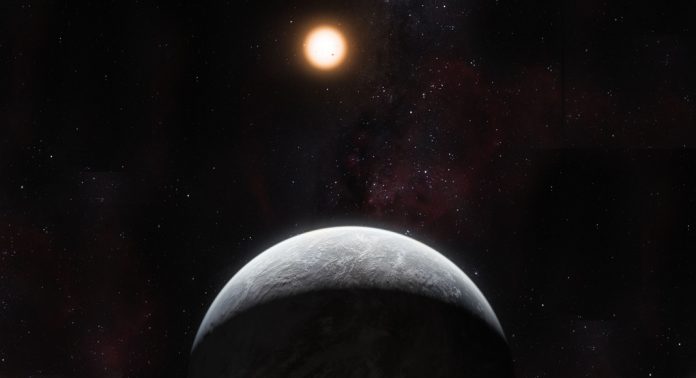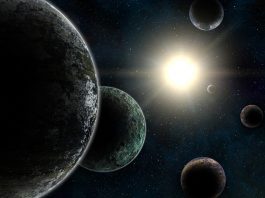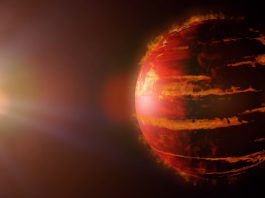Astronomers at McGill University, Canada, have discovered that super-Earths are not leftovers of mini-Neptunes, challenging existing theories about the origins of exoplanets.
Mini-Neptunes and super-Earths, which can be four times the size of our own, are the most common exoplanets orbiting stars beyond our solar system. Until now, super-Earths were thought to be the rocky cores of mini-Neptunes whose gassy atmospheres were blown away. In a new study published in The Astrophysical Journal, astronomers from McGill University show that some of these exoplanets never had gaseous atmospheres to begin with, shedding new light on the mysterious origins of exoplanet.
To further examine the formation of super-Earths, the astronomers used a simulation to track the evolution of exoplanets. The model used thermodynamic calculations based on the size of their rocky cores, how far they are from their host stars, and how hot the surrounding gas is.
Co-author Eve Lee, Assistant Professor in the Department of Physics at McGill University, and the McGill Space Institute, said: “Contrary to previous theories, our study shows that some exoplanets can never build gaseous atmospheres to begin with.” The findings suggest that not all super-Earths are remnants of mini-Neptunes. Rather, the exoplanets were formed by a single distribution of rocks, born in a spinning disk of gas and dust around host stars. Lee explained: “Some of the rocks grew gas shells, while others emerged and remained rocky super-Earths.”
The birth of exoplanets
Planets are thought to form in a spinning disk of gas and dust around stars. Rocks larger than the moon have enough gravitational pull to attract surrounding gas to form a shell around its core. Over time this shell of gas cools down and shrinks, creating space for more surrounding gas to be pulled in, and causing the exoplanet to grow. Once the entire shell cools down to the same temperature as the surrounding nebular gas, the shell can no longer shrink, and growth stops.
For smaller cores, this shell is tiny, so they remain rocky exoplanets. The distinction between super-Earths and mini-Neptunes comes about from the ability of these rocks to grow and retain gas shells.
Lee said: “Our findings help explain the origin of the two populations of exoplanets, and perhaps their prevalence. Using the theory proposed in the study, we could eventually decipher how common rocky exoplanets like Earths and mini-Earths may be.”









